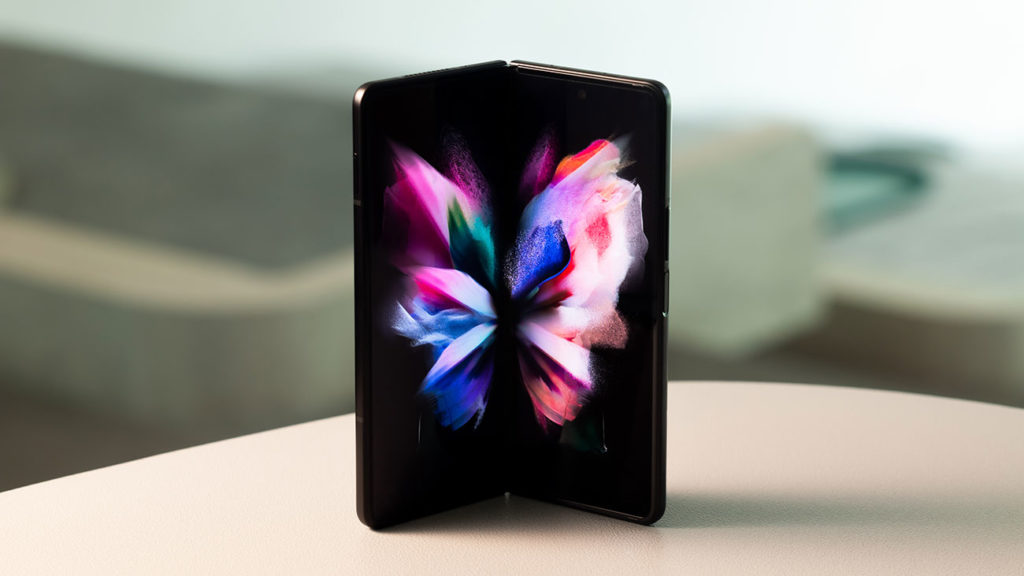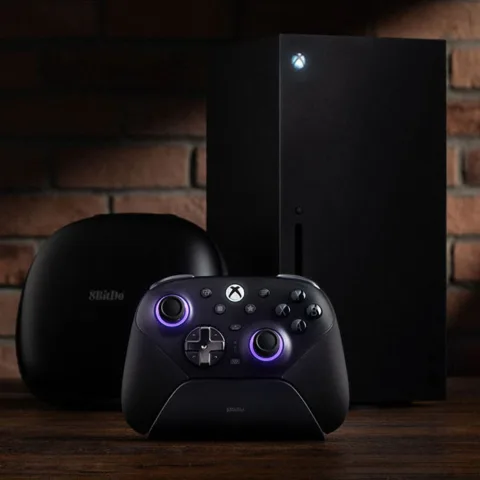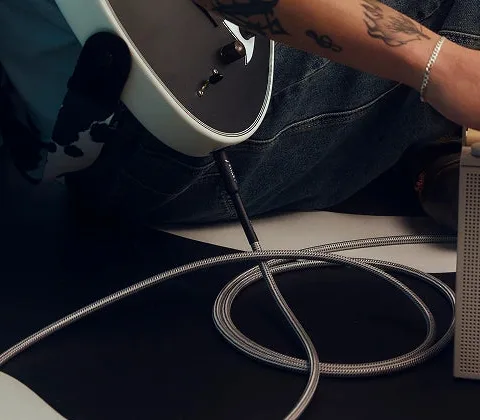Injuries are always devastating in any kind of sports, even in esports, and they can single-handedly end a pro’s career. In the CS:GO scene, for instance, Olofmeister and Shox have experienced injuries that pushed them out of the pro scene for several years. Some may say that it is even a miracle that both of them are able to play today and perform up to their standards even after going through rehabs and surgeries. Olofmeister kept his injury matters more private, so it was initially not really known what was wrong with him. Many speculated that it was a wrist or arm injury since these areas are more prone to harm in a CS:GO pro. However, in a later interview by Fragbite, he revealed that a nerve around his shoulder-breast area was “clogged”. As for Shox, he suffered from a wrist problem that can only be solved through proper surgery.
Unfortunately, other pro players like Fear from Dota 2 were forced to end their careers early as their injuries constantly take a toll on their health and performance. Fear was prevented to compete in The International 4 due to his (at that time) mysterious arm/elbow injury. Although he came back in 2015 to win it all in The International 5, he finally retired a year later from professional Dota 2 in the hopes of improving his health.
With regards to the local superstars in Indonesia, we all know about the infamous injury experienced by the Mobile Legend pro, Tuturu. His injury prevented him from being able to play for long durations and eventually sidelined him from the RRQ roster. Although Tuturu has not officially stated that he will be retiring from the pro scene, it is difficult to say what the future holds for him if he were to return. He even stated on his stream that he won’t be coming back to the pro scene due to the limitations of his ailment.
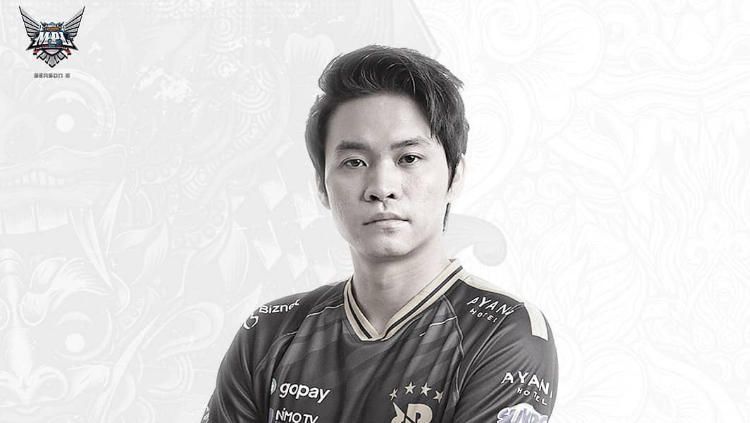
You might think that only pro players are prone to these injuries since they are the ones who play for 8+ hours a day. However, casual players might also experience these injuries if we are not careful, which is why it is imperative to have a basic understanding of the potential dangers of gaming and how to avoid them.
Before we delve deeper into this topic, we need to establish several warnings. Firstly, I am not in any way a qualified physician or doctor. If you want a more detailed explanation or are currently experiencing any injuries related to gaming, please visit a proper physician yourself. Secondly, I will try to explain everything in layman terms or use abstractions that will make the topic easier to grasp for the general readers. It might not be the most accurate representation of all the physiology that is under your body, but I don’t expect all of you who are reading now to be a professional physician that understands cryptic biology terms. For those of you who might not be satisfied with my explanations or want to read more about the topic, I highly suggest visiting this website for more information. With that out of the way, let’s move on.
The Basics of Gaming Injuries
There are three general types or categories of injuries that usually plague the esports and gaming world. The first type is called overuse injuries. As the name suggests, this type of ailment occurs when a muscle, tendon, or any part of your body is overused. The second type of ailment is called nerve impingement.
Olofmeister is speculated to be affected by this type of injury. When nerves are clogged, you will start to experience pain or limited movements as your brain cannot properly control the muscles connected to the impinged nerve. The last type of injury is called postural injury. These injuries occur mostly due to bad posture and usually affect the spine that runs through your back and neck.
Of course, there are other ailments that do not fit these three categories. Eye strain, for instance, is an injury that many of us can experience due to focusing on our screens for too long. Gamers also often experience migraines or headaches, which are ailments that do not fit any of the three categories we just mentioned. These ailments are usually fitted into the fourth category on their own, others.
Now that we have a basic understanding of the types of injuries that can occur, we can identify the common specific injuries that occur in gaming and esports.
Carpal Tunnel Syndrome
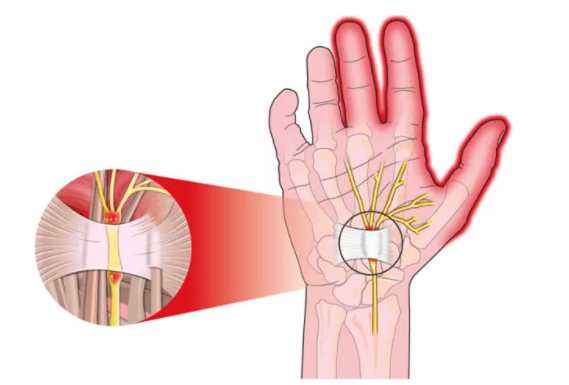
Carpal Tunnel Syndrome, or CTS for short, is probably the most infamous nerve impingement injury, and it affects the median nerve. The carpal in carpal tunnel syndrome refers to the bones in the base of your hand. The connective tissues or ligaments (these are the “rubber bands” and “glues” that keep your hand in place) then form the tunnel. The median nerve runs through the middle of the carpal tunnel, which allows you to control your hand muscles. You can get a better visualization from the image above.
It also helps us sense touch in certain parts of our hands. If this nerve is clogged in some way, you sort of getting the idea of what is going to happen to your hand. Your fingers might feel numb and weak, especially on your thumb. You might feel tingling sensations on your fingertips. Another sign of CTS is the decrease in mass muscle in the base of your thumb. In other words, your thumb sizes might not be proportional in both hands; one is much thinner than the other.
Unergonomic mouse grips are perhaps the primary cause of CTS or other similar nerve impingement ailments. If your grip makes you feel uncomfortable, change it immediately even if it might change your performance in-game. You can maybe even follow the grips the pro players frequently use like the palm grip, claw grip, tip grip, and even the other crazy ones like the scorpion grip. If you think that the grip from the image below is comfortable, then use it.
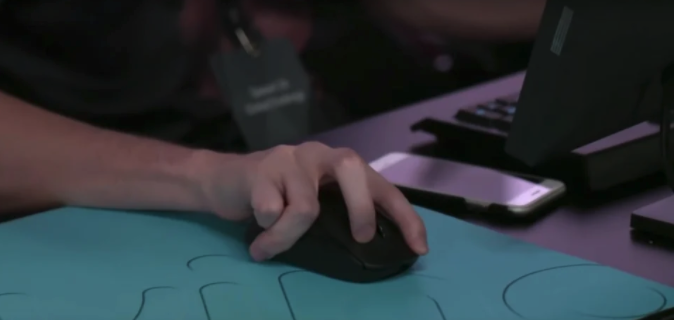
Remember, as long as you feel that the grip is suitable and, more importantly, not causing pain, then use it. If you can’t find a good grip, consider changing your mouse since that might be the cause of your problem. I once bought a mouse to replace my old scrappy double-clicking mouse, but I immediately felt cramped after using it for 30 minutes. Instead of forcing myself to get used to the mouse, I went back to the old broken mouse and prevented the injury from a mile away. Only use a mouse that you are comfortable with. This tip might just save you from a ton of physical and financial pain (from hospital bills) in the future.
Too much stress placed on the hands can also cause CTS. When you play or practice for too long, the tissues or ligaments in the carpal tunnel might actually densify (or get thicken) to combat the stress. Sooner or later, this change can eventually cause an impingement of the median nerve. Thus, consider taking breaks, relax, and stretch your hands once in a while.
In reality, Carpal Tunnel Syndrome is just one form of nerve impingement ailments. Cubital Tunnel Syndrome is a similar injury that affects more the pinky side of your hand. As I mentioned previously, Olofmeister is also rumored to have a nerve-impingement-related injury, but he is affected in the shoulder-chest region. From Olof, we can see that nerve clogs can occur all throughout your body and will, eventually, deter your health and gaming performance. However, all similar nerve impingement injuries can be prevented with similar strategies: ergonomics, frequent stretching, avoiding prolonged uncomfortable positions in your hand or body in general.
Gamer’s Thumb
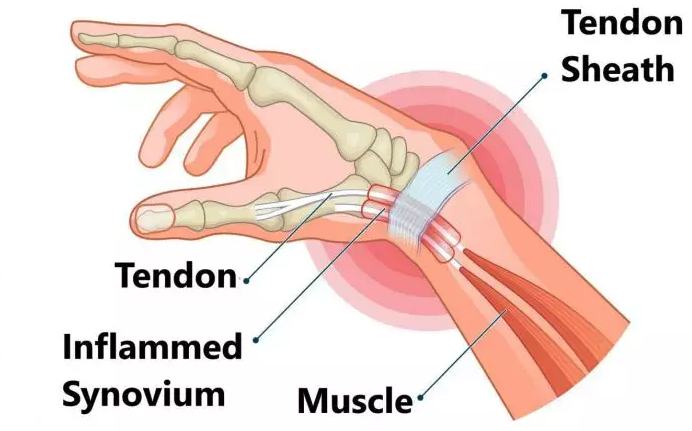
Gamer’s Thumb is an overuse ailment that is caused by repetitive and prolonged stress on the thumb. This is the ailment that Tuturu is speculated to experience. To reiterate, overuse ailments usually affect the muscle or, in this case, tendons. Tendons are what connect your muscle to your bones to allow it to move.
Take the example of lifting a barbel in the gym. If your bicep muscle contracts, it will “shrink” and the tendons will pull the bones in your arm, which allows you to lift the barbel. Tendons are usually lubricated or protected with tendon sheaths since they frequently experience a lot of force and friction. However, excessive usage of our muscles and tendons can eventually cause inflammation to the tendon sheaths, which is what occurs in Gamer’s Thumb.
You can already probably guess that this injury is more prone to happen to console and mobile gamers. Since console and mobile users mostly control their in-game actions using their thumbs, they have a higher chance of overusing and overwhelming their tendon sheaths.
Again, prolonged usage of the thumbs is the primary cause of Gamer’s Thumb. However, unergonomic hand positions can also contribute to this injury. It is important to keep your wrists straight and avoid bending them either to the pinky-side or thumb-side too much. Furthermore, poor blood flow also plays a factor in Gamer’s Thumb since it highly affects the lubrication of the tendon sheaths. Warmups and exercises are recommended to prevent overuse ailments like Gamer’s thumb since it increases blood flow and reduces frictions.
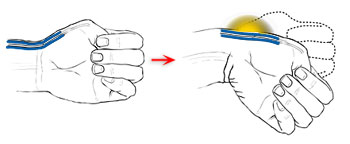
One way you can exercise or test Gamer’s Thumb is the Finkelstein’s test. You simply grip your thumb between your other fingers, then bend your wrist to your pinky side like the image above. This movement puts pressure on the tendon sheaths and will allow you to sense pain in your wrists if there are any. In other cases, you can also use this motion for stretching.
Like CTS, it is important to note that Gamer’s Thumb is just one form of many overuse ailments that plague the gaming and esports community. For all of you PC gamers, mouse elbow or tennis elbow is a very dangerous overuse ailment that targets the entirety of your arms and hands. Fear is initially suspected to be affected by this injury, although he was later diagnosed with a different ailment.
Back & Neck Pain
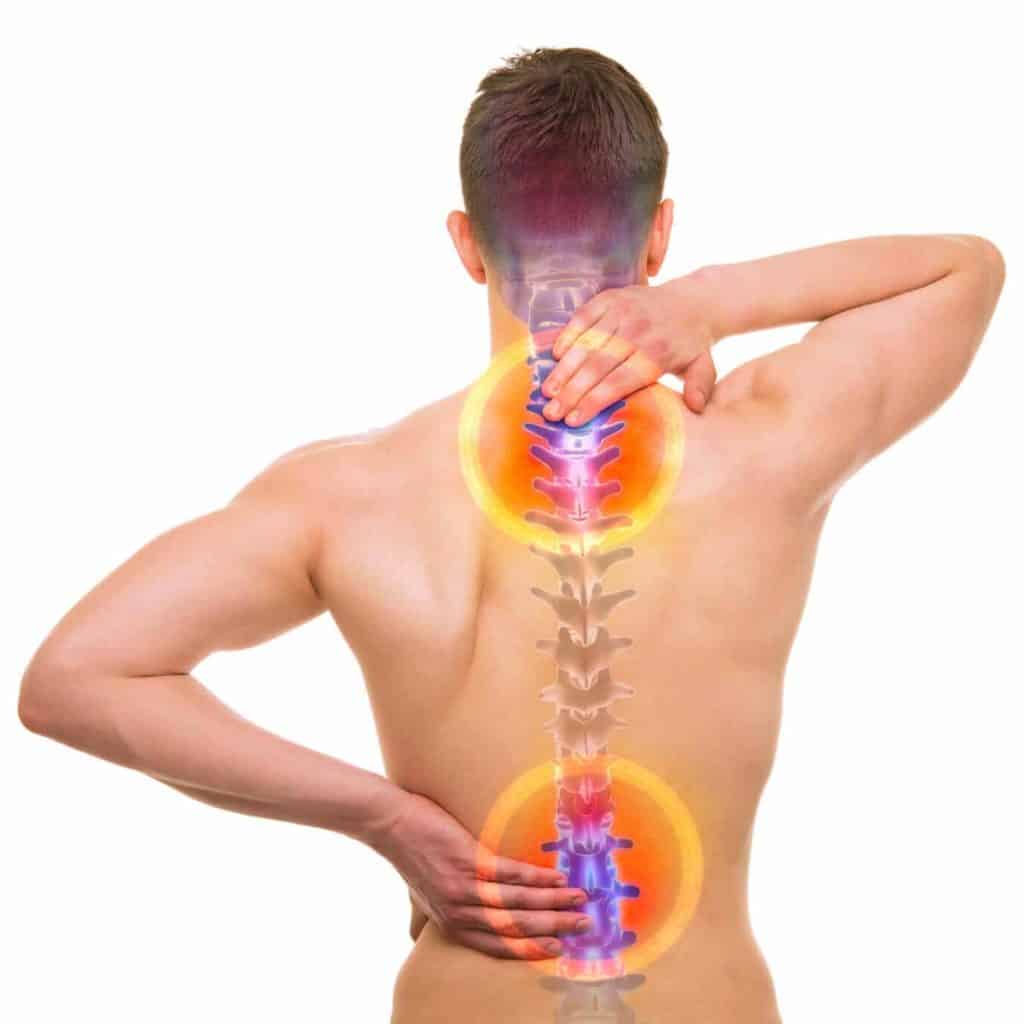
Unlike the aforementioned injuries, back pains and neck pains can be caused by a wide variety of factors. But more often than not, joint fixations are the primary culprit behind these ailments.
In your back, you have your spine that stretches from your lower back to your neck. The spine is made up of joints which allows the spine to move and flex in different ways. Unfortunately, when we play games, we mostly sit still, and our spine is fixed in a static position. If we have a bad posture, these joints will experience a lot of pressure from our body weight and eventually get locked together. Slowly but surely, your spine discs (the glue-like liquid that is in-between your spine bones) will degenerate or rot away. The thing is, you will most likely not feel anything if a joint fixation occurs until it’s too late. Once the discs get thinner, you will start to feel the pain and experience limited movement due to a lack of lubrication from the discs.
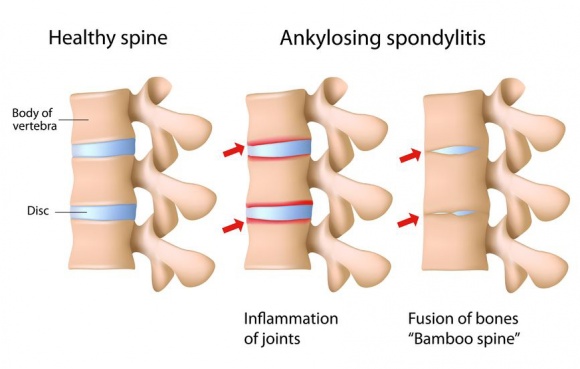
Posture is the key when it comes to back or neck injuries. A good posture will distribute the weight of our body equally on our spine. Bad postures, on the other hand, adds unnecessary pressure that causes the shrinkage of the discs. In reality, there is no one-size-fits-all gaming posture. However, there are some tips you can take that might significantly improve your posture and decrease the likelihood of you getting back or neck pains.
Firstly, use a headrest if possible and always rest your head against it. Of course, you will also have to place your monitor at head level. If your monitor height can’t be adjusted manually, you can always use the “traditional” method and utilize your books to raise your monitor height. Next, always sit upright and stick your back against the chair. No matter how uncomfortable it may seem at first, do not slouch! Slouching induces immense pressure that shrinks your spinal discs. If you want to read more about how to improve your posture, which I highly recommend you to do so, you can visit the following link.
Perhaps the easiest way to prevent back and neck pain is just to not sit down. Our body and spine are simply not evolved enough to sit down and handle our body weight for most of the day. When you just finished a game, stand up and stretch while you queue for your next game. Walk around your room or house, do your chores, or conduct any physical activity that requires you to move.
Conclusion
Gaming may not be a physically demanding sport or activity. However, this does not mean that it is free from devastating injuries that can potentially be threatening to your health. Fortunately, as esports continues to develop, more and more individuals in the industry begin to realize these career-ending ailments that pro players can experience if left unchecked. Many established esports organizations today, such as Counter Logic Gaming, have hired professional physicians to take care of their players and maintain the longevity of their rosters.
As for the rest of us, the casual gamers, knowing a thing or two about the common ailments in the gaming community might also be helpful in the future. If you have experienced any physical pain or problems when you play, you use some tips that you have learned from this article. Start by changing your posture, your mouse, or your mouse grip depending on the problems you might have. Any injury, whether coming from a pro or a casual, is never fun.
Featured Image: Liquipedia





